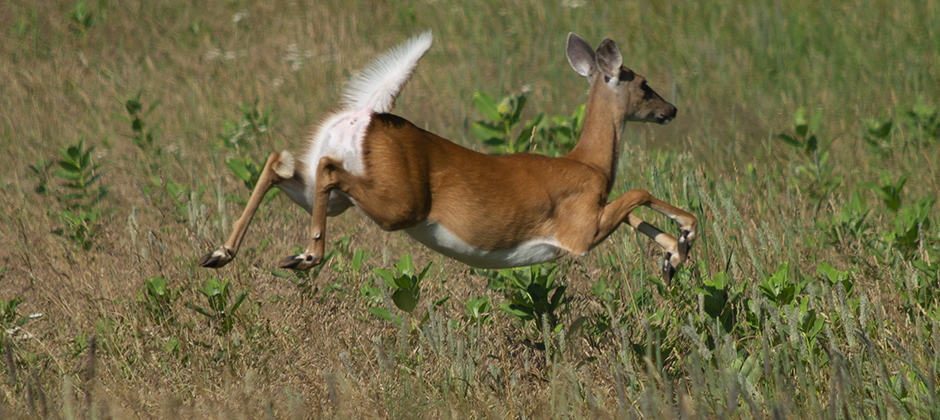Share this article
Can genetic clues help fight CWD in captive herds?
Researchers may have found a way to use genetics to determine how susceptible deer and other cervids are to contracting chronic wasting disease. This offers hope that captive herd owners could use the system to reduce the disease in their herds or breed it out of existence entirely.
Working in collaboration with Texas A&M University and Texas Parks and Wildlife, the USDA Animal and Plant Health Inspection Service says scientists have identified a handful of regions in the white-tailed deer genome that let them distinguish animals highly susceptible to CWD with greater than 80% accuracy.
After a successful phase one trial, researchers are moving to a second blind testing phase. If that also proves successful, “we could be holding the keys to a promising new tool unlike anything we’ve had before to fight CWD,” wrote Sydney Hart, of APHIS Government Affairs, on a USDA blog.
“While the research is still in an early stage, it’s the first of its kind,” Hart wrote. “The hope is that continued analysis will enable us to effectively categorize animals as being minimally susceptible, moderately susceptible or highly susceptible to CWD. This will help herd owners make management decisions that may eventually help to breed the disease out of existence or at least significantly reduce its presence.”
Last April, the researchers published a paper in G3: Genes, Genomics, Genetics that showed they could identify highly susceptible animals with greater than 80% accuracy. The findings provide “the necessary foundation for exploring a genomically estimated CWD eradication program,” the authors concluded.
Researchers analyzed DNA samples from 807 farmed white-tailed deer (Odocoileus virginianus) — 284 from CWD-positive animals, and the rest from animals with no detectable CWD. Half the samples came from herds APHIS depopulated to stop the spread of CWD and half were provided by Texas Parks and Wildlife.
Using computer modeling and machine learning, researchers analyzed 123,987 regions of the deer genome to identify regions unique to animals known to be CWD positive. The computer scored the 807 samples based on their similarity to CWD-positive animals, allowing them to be classified as highly, moderately and minimally susceptible.
The study is now in phase two, in which researchers won’t know beforehand whether or not the samples are CWD positive. If that also proves successful, APHIS could deploy the test in a real-world setting by partnering with producers that have CWD-positive animals and conduct a select breeding pilot project to remove high-risk animals.
Header Image: White-tailed deer are among the species susceptible to chronic wasting disease. Credit: David Frey








